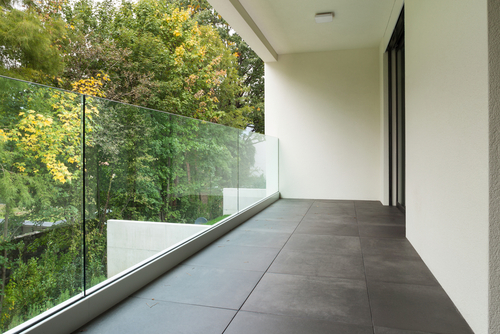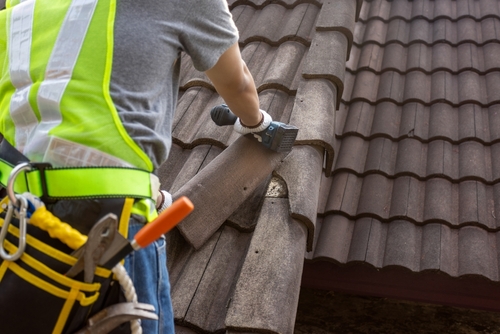
Waterproofing Solutions for Balconies and Terraces
March 8, 2024Waterproofing Membranes: How They Work to Keep Water Out
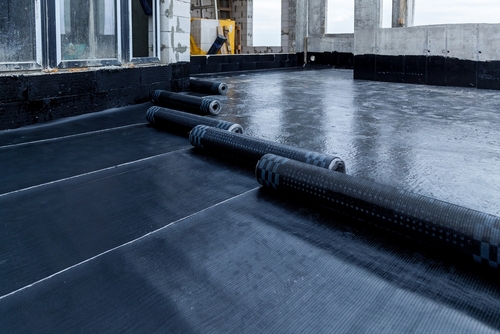
Waterproofing Membranes: How They Work to Keep Water Out. In construction and building maintenance, waterproofing membranes play a crucial role in preventing water infiltration and protecting structures from damage.
Understanding the science behind these membranes is essential for ensuring their effective application and long-term performance.
This article delves into the composition, mechanism of action, types, factors affecting performance, testing procedures, quality assurance measures, and application techniques of waterproofing membranes, providing readers with comprehensive insights into their functionality.
Read on!
Understanding Waterproofing Membranes
Waterproofing membranes are specialized materials applied to building surfaces to create a protective barrier against water penetration.
They are designed to prevent moisture ingress, thereby safeguarding structures from water-related damage.
Waterproofing membranes come in various forms, including liquid-applied membranes, sheet membranes, and cementitious membranes.
Each type has unique characteristics and is suitable for specific applications based on factors such as substrate type, environmental conditions, and desired performance attributes.
Composition of Waterproofing Membranes
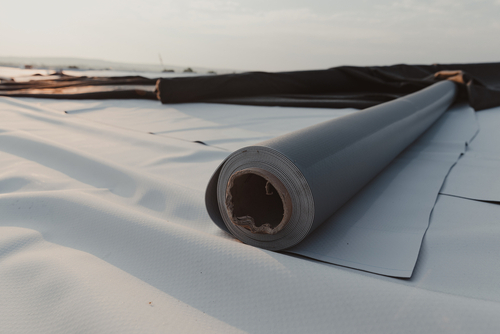
- Polymer-Based Membranes: These membranes are composed of synthetic polymers such as polyurethane, acrylics, or elastomeric compounds, which provide flexibility, durability, and resistance to weathering.
- Bituminous Membranes: Bituminous membranes consist of bitumen, a viscous petroleum-based substance, reinforced with materials like fiberglass or polyester. They offer excellent waterproofing properties and are commonly used in below-grade applications.
- Cementitious Membranes: Cementitious membranes are formulated with Portland cement, additives, and fillers to create a dense, waterproof coating. They are ideal for horizontal and vertical surfaces subject to moderate water exposure.
Importance of Membrane Composition in Waterproofing Effectiveness
The composition of waterproofing membranes directly influences their performance characteristics, including flexibility, adhesion, chemical resistance, and UV stability. Selecting the appropriate membrane composition is crucial for achieving reliable waterproofing results.
Mechanism of Action
Barrier Formation
Waterproofing membranes form a continuous barrier that prevents water molecules from passing through building surfaces. The thickness and density of the membrane play a vital role in barrier formation and water resistance.
Thicker and denser membranes offer greater resistance to water penetration, providing enhanced protection against moisture ingress and structural damage.
Adhesion and Bonding
Proper adhesion is essential for ensuring the longevity and effectiveness of waterproofing membranes. Adhesive properties allow the membrane to bond securely to the substrate, creating a durable waterproof seal.
Adequate bonding ensures that the membrane remains securely in place, even under challenging environmental conditions. Proper surface preparation and application techniques are critical for achieving optimal bonding and long-term waterproofing performance.
Types of Waterproofing Membrane Systems
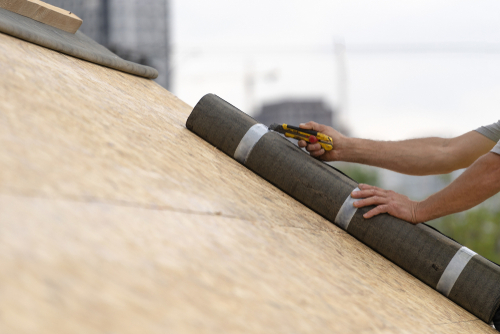
Liquid-Applied Membranes
Liquid-applied membranes are applied as a liquid coating that cures to form a seamless, waterproof membrane. The curing process may involve solvent evaporation, chemical reaction, or moisture absorption, depending on the membrane composition.
Liquid-applied membranes offer advantages such as ease of application, seamless coverage, and flexibility. However, they may require multiple coats and longer curing times, and may not be suitable for areas with heavy traffic or mechanical stress.
Sheet Membranes
Sheet membranes are pre-formed membranes made from materials like bitumen, PVC, or EPDM rubber. They are typically applied in rolls or sheets and adhered to the substrate using adhesive or mechanical fasteners.
Sheet membranes provide excellent waterproofing performance, ease of installation, and durability. They are particularly suitable for large horizontal surfaces and areas with high water exposure.
Factors Affecting Waterproofing Membrane Performance
Substrate Preparation
Surface preparation is crucial for ensuring optimal adhesion between the membrane and the substrate. Proper cleaning, priming, and leveling of the surface help maximize bonding strength and waterproofing effectiveness.
Different membrane systems may require specific substrate materials and preparation techniques to ensure compatibility and adhesion.
Environmental Conditions
Environmental factors such as temperature fluctuations, humidity levels, and exposure to UV radiation can affect the performance of waterproofing membranes.
Selecting membrane systems that are resistant to environmental stressors is essential for ensuring long-term durability.
Waterproofing membranes should be selected based on the specific environmental conditions of the project site. Factors such as climate, weather patterns, and exposure to chemicals or pollutants should be taken into account when choosing membrane systems.
Testing and Quality Assurance
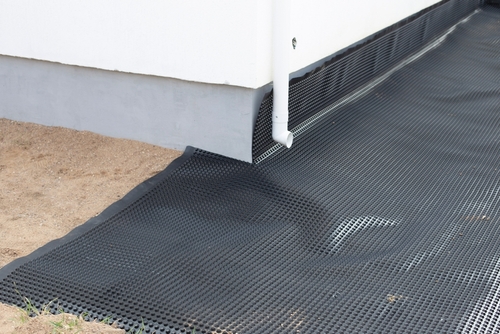
Standardized Testing Procedures
Various standardized tests, such as ASTM and ISO standards, are used to assess the physical properties and performance characteristics of waterproofing membranes.
These tests evaluate parameters such as tensile strength, elongation, puncture resistance, and water resistance.
Standardized testing protocols provide an objective means of evaluating membrane performance and comparing products from different manufacturers.
Compliance with testing standards helps ensure that waterproofing membranes meet quality and performance requirements.
Quality Control Measures
Manufacturers and contractors implement quality control measures to maintain consistency and reliability in waterproofing membrane production and installation. Quality assurance protocols include rigorous testing, inspection, and certification procedures.
Certifications from recognized industry organizations and accreditation bodies provide assurance of product quality, performance, and compliance with regulatory standards.
Certification labels and markings indicate that waterproofing membranes have undergone testing and meet specified criteria for quality and performance.
Application Techniques
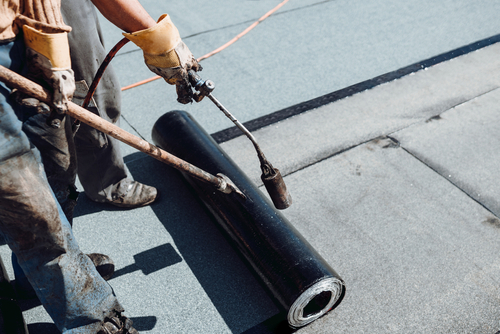
Proper Application Methods
Proper application techniques are essential for achieving uniform coverage, adequate thickness, and optimal adhesion. Techniques such as spray, brush, or roller application should be selected based on the membrane type and substrate conditions.
Manufacturers provide detailed application instructions and specifications for their waterproofing membrane products. Adhering to these guidelines ensures proper installation and maximizes waterproofing performance.
Surface Preparation and Priming
Surface preparation plays a critical role in membrane adhesion and bonding. Surface contaminants, debris, and irregularities should be removed, and the substrate should be cleaned, dried, and primed to promote adhesion.
Primers are applied to the substrate before membrane installation to improve bonding, enhance waterproofing performance, and increase durability.
Selecting the appropriate primer based on substrate type and membrane composition is essential for achieving optimal results.
Waterproofing Membranes: How They Work to Keep Water Out – Conclusion
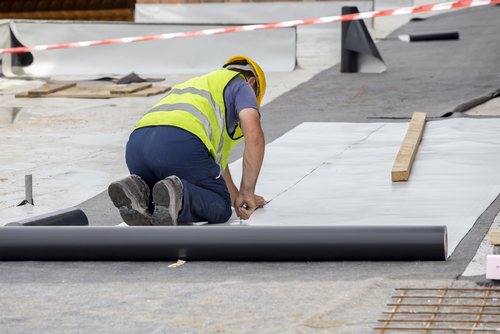
Understanding the science behind waterproofing membranes is crucial for ensuring their effective application and long-term performance.
By comprehending the principles of barrier formation, adhesion, and bonding, property owners and construction professionals can make informed decisions when selecting and installing waterproofing membranes.
When planning waterproofing projects, it is essential to seek professional consultation and use high-quality products that meet industry standards.
By prioritizing proper application techniques and quality assurance measures, property owners can ensure the reliability, durability, and effectiveness of their waterproofing systems, ultimately protecting their investments and preserving the integrity of their structures.
Are you looking for professional and reliable waterproofing services in Singapore? Contact us today!


